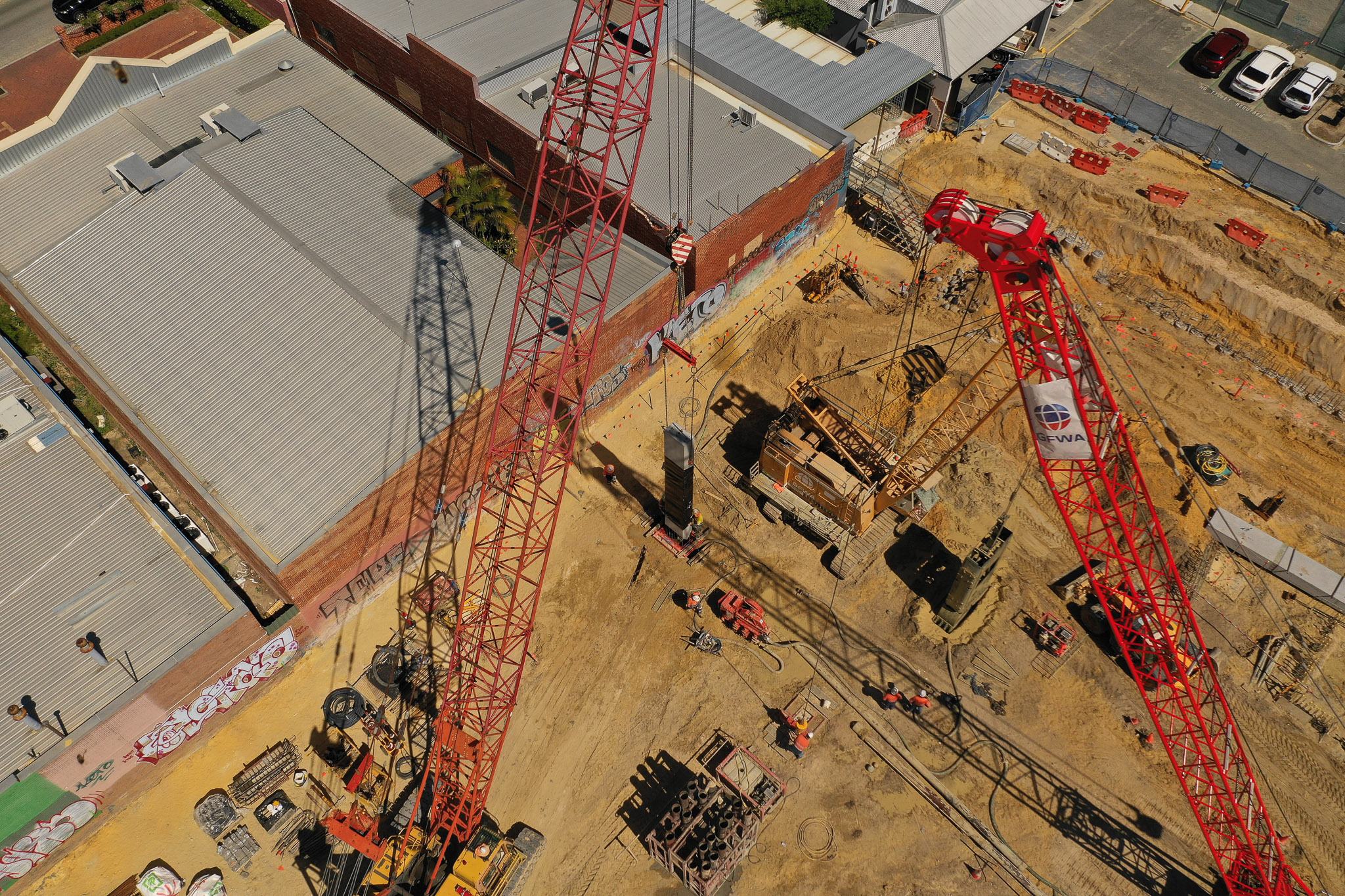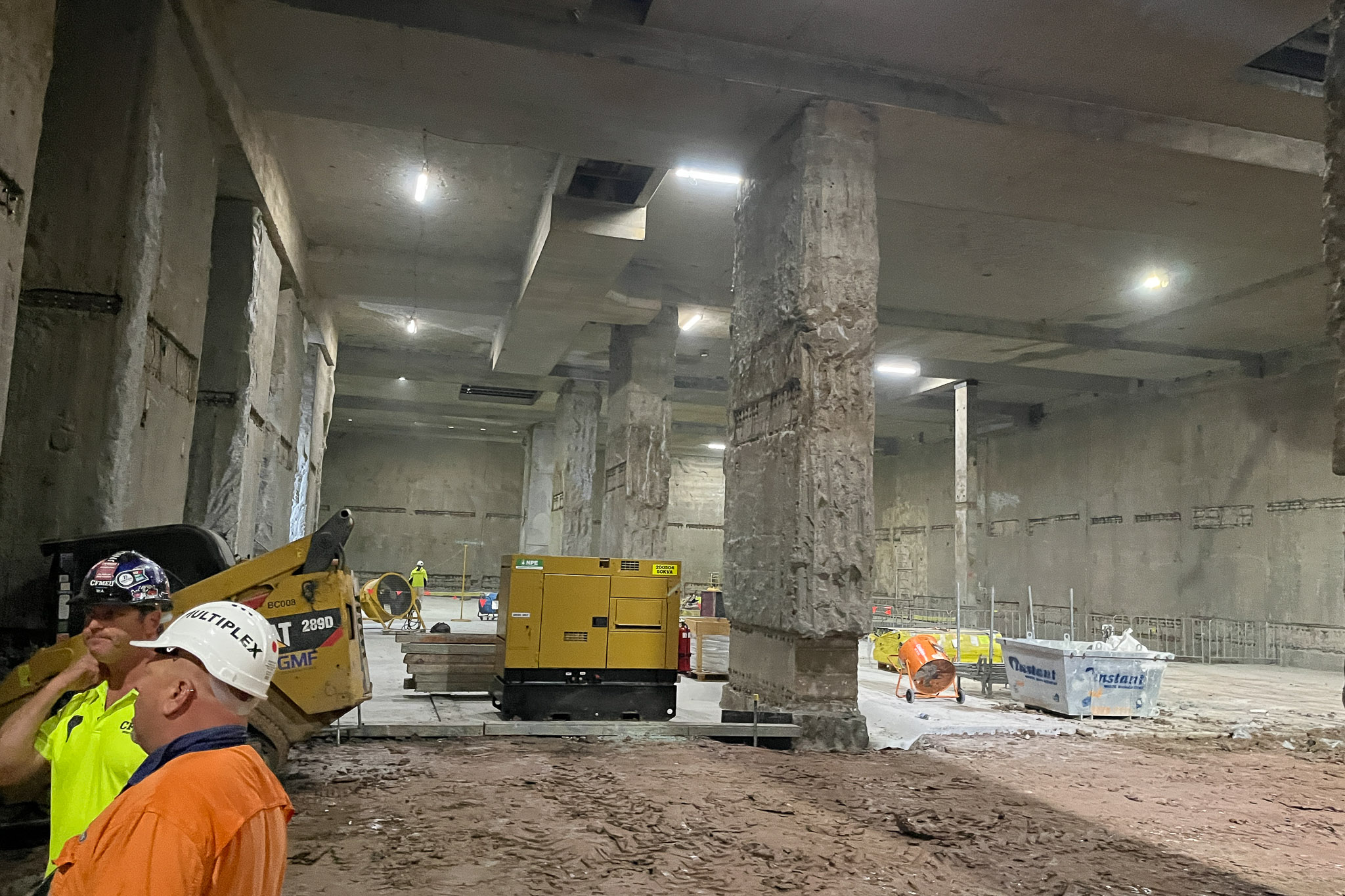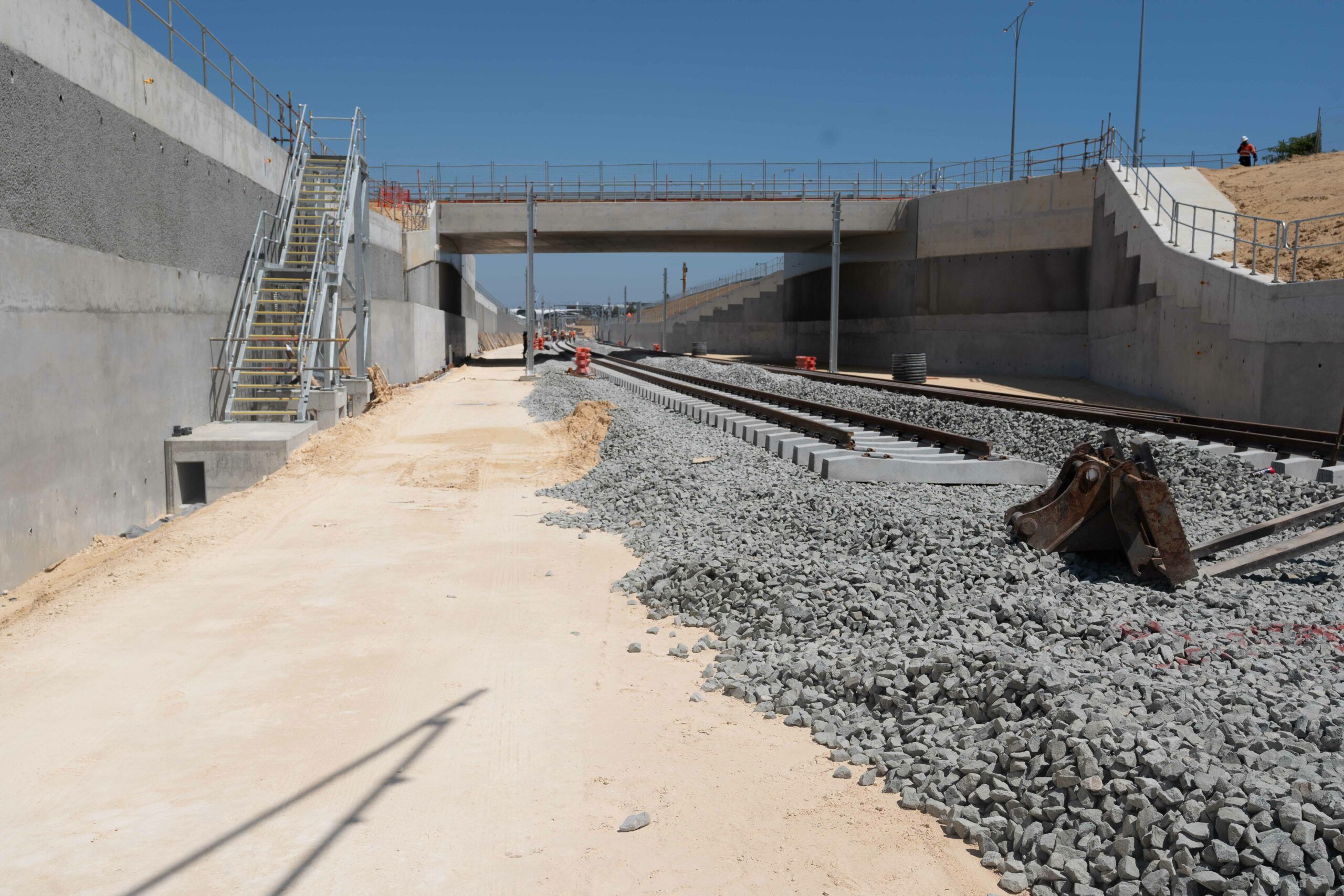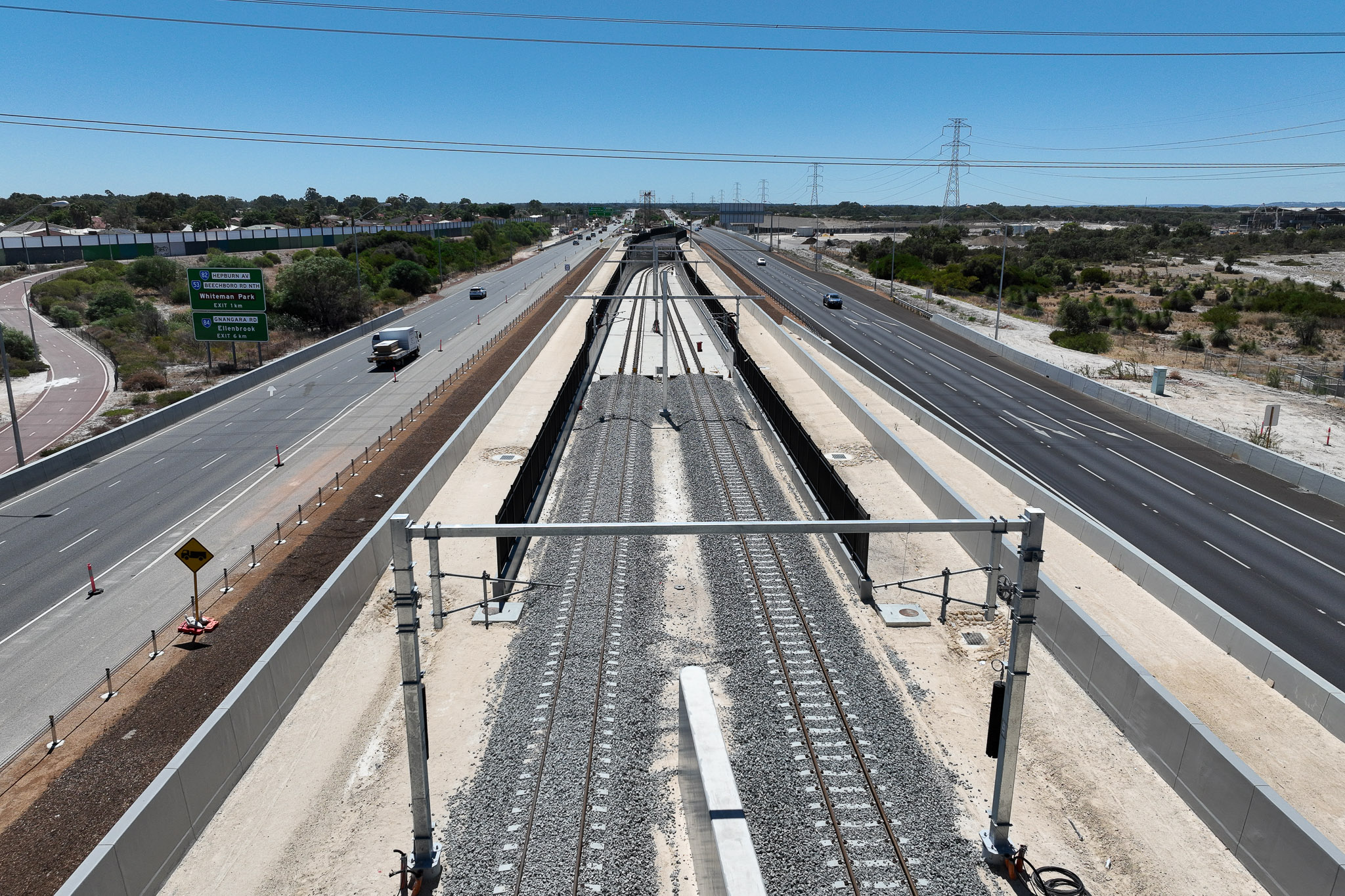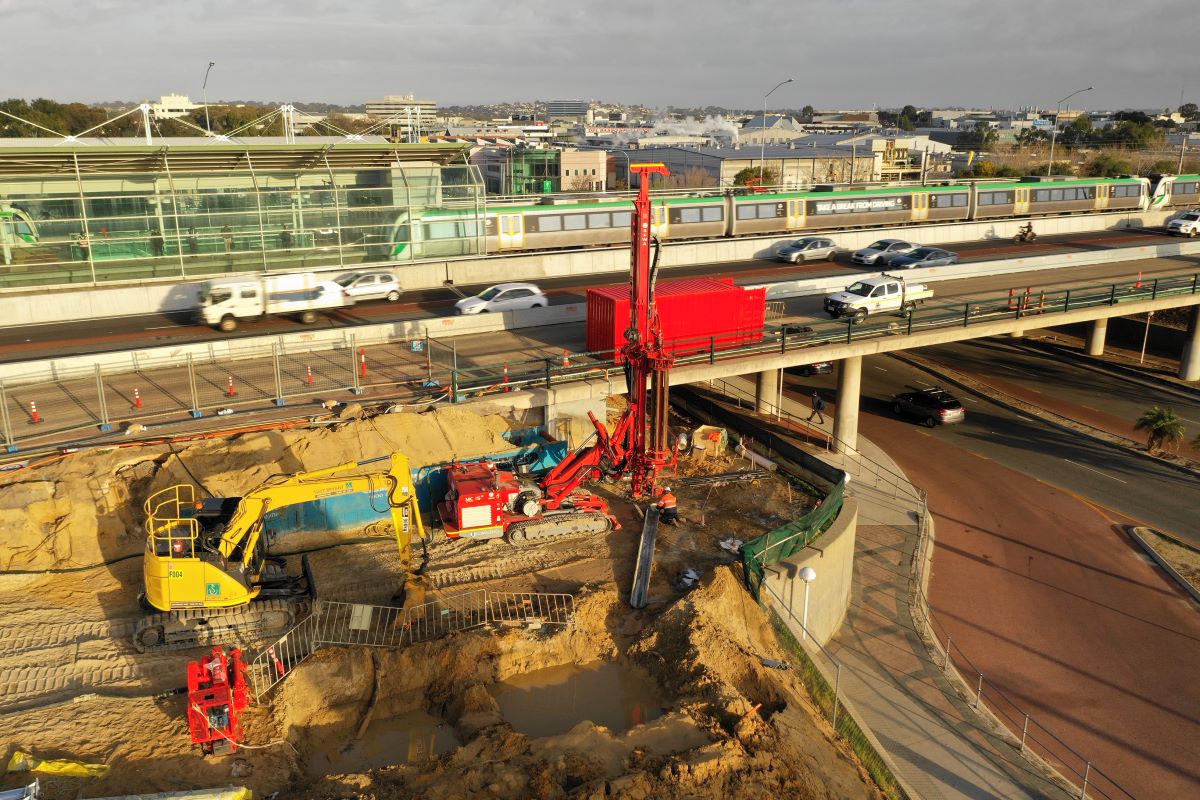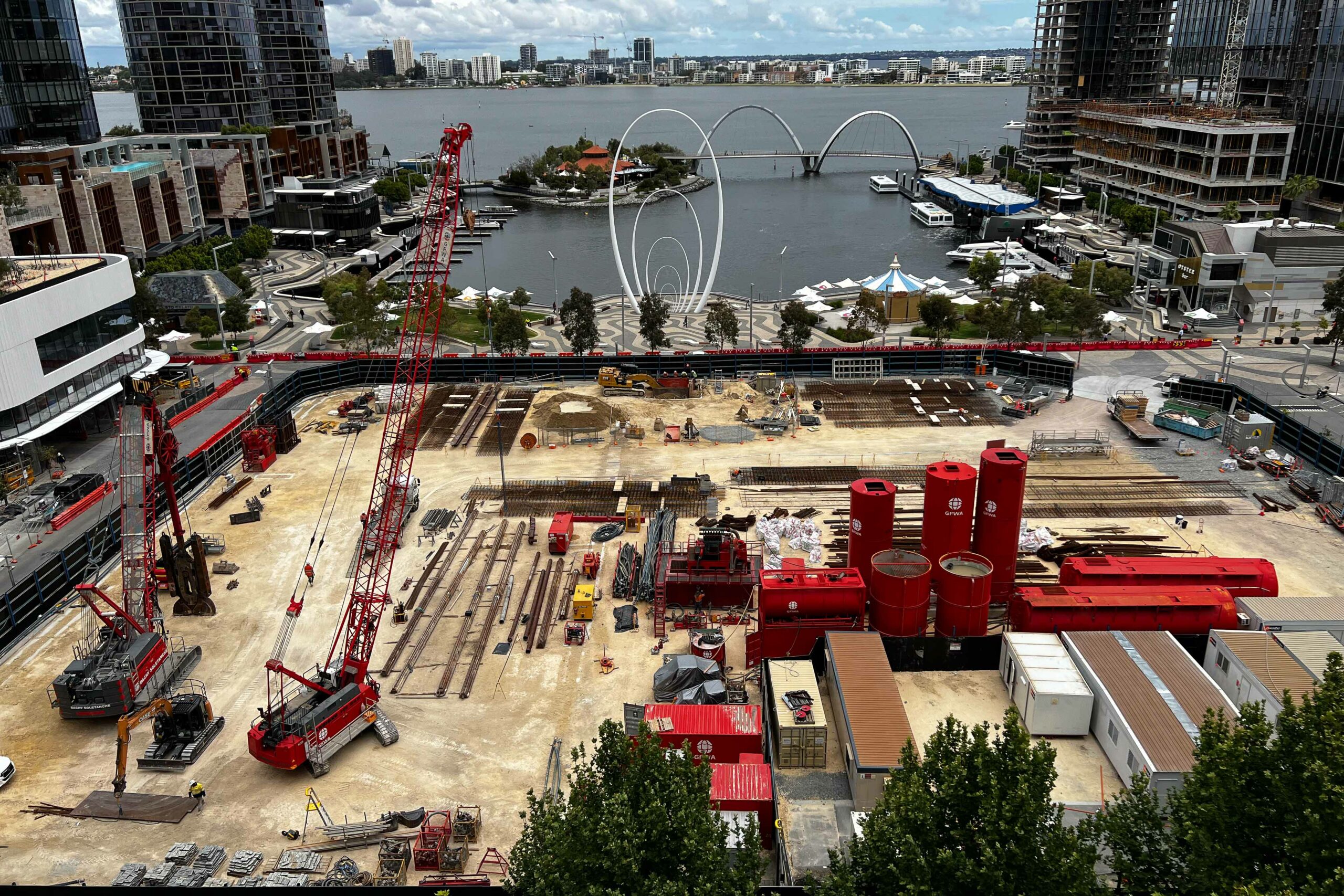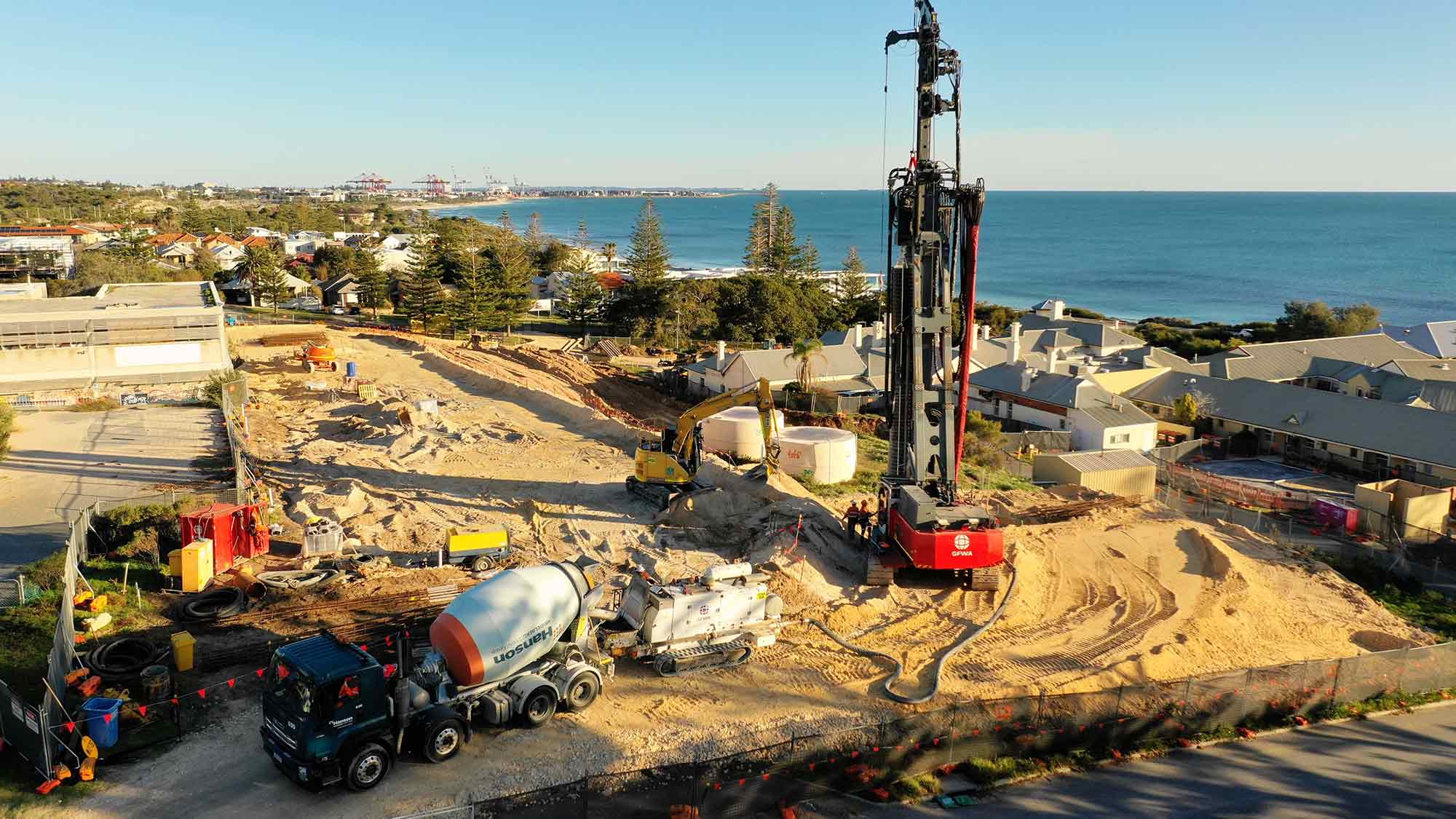Project Description
We provide barrette piling services to offer high-capacity foundation solutions
Our expertise involves value engineering for Design & Construct contracts, to optimise foundation solutions.
Barrette Piling: Ideal for high-rise buildings and complex structures. This method provides superior load-bearing capacity and ground stability, ideal for challenging construction projects.
Our processes
Stage 1: Site Preparation
Before starting the excavation, the construction site is cleared of any debris, vegetation, and existing structures that could interfere with the project. Guide walls are installed along the alignment of the planned barrette. These guide walls, typically constructed from reinforced concrete, serve as templates to ensure the trench for the barrette is accurately positioned and vertically aligned. The guide walls also help in maintaining the shape and stability of the trench during excavation.
Stage 2: Trench Excavation
The trench is excavated using specialized equipment such as mechanical grabs, clamshells, or hydraulic trench cutters. The excavation process is carefully controlled to follow the shape and dimensions of the planned barrette, which are typically rectangular or T-shaped. The depth of the trench is determined based on the structural requirements and soil conditions. The removed soil or rock is managed and disposed of according to the project’s waste management plan.
Stage 3: Slurry Support
To stabilize the trench walls and prevent collapse, bentonite slurry is used. Bentonite, a type of clay, is mixed with water to create a thick, viscous fluid that supports the trench walls by exerting hydrostatic pressure. The slurry also helps to control groundwater ingress. The slurry level is continuously monitored and adjusted to ensure the trench remains stable throughout the excavation process.
Stage 4: Reinforcement Cage Installation
A steel reinforcement cage, pre-fabricated to match the dimensions of the trench, is lowered into the excavation. The cage consists of interconnected vertical and horizontal steel bars tied together to form a rigid structure. The reinforcement provides the necessary tensile strength to the barrette, enabling it to withstand bending and shear forces.
Stage 5: Concrete Placement
Concrete is placed in the trench using tremie pipes, which allow the concrete to be poured from the bottom up. This method ensures that the concrete displaces the bentonite slurry, filling the trench completely without segregation. The concrete must be of high quality, with appropriate mix design to achieve the required strength and durability.
Stage 6: Slurry Removal
Once the concrete has set and cured, the excess bentonite slurry is removed from the top of the trench. The slurry can be recycled and reused in other sections of the wall or disposed of in compliance with environmental regulations. Proper slurry management is essential to minimize waste and environmental impact.
Stage 7: Quality Control
Thorough inspections are conducted to ensure the barrette meets all design specifications and structural integrity standards. This includes checking the dimensions, alignment, and strength of the concrete. Non-destructive testing methods such as ultrasonic testing or integrity testing may be used to assess the quality of the concrete and the effectiveness of the reinforcement.
Related projects

